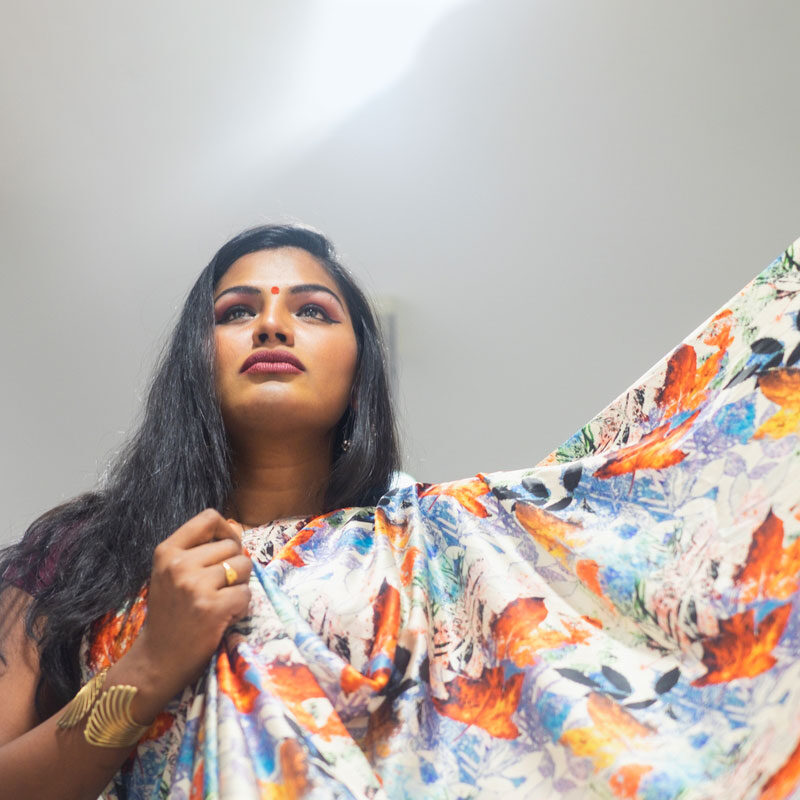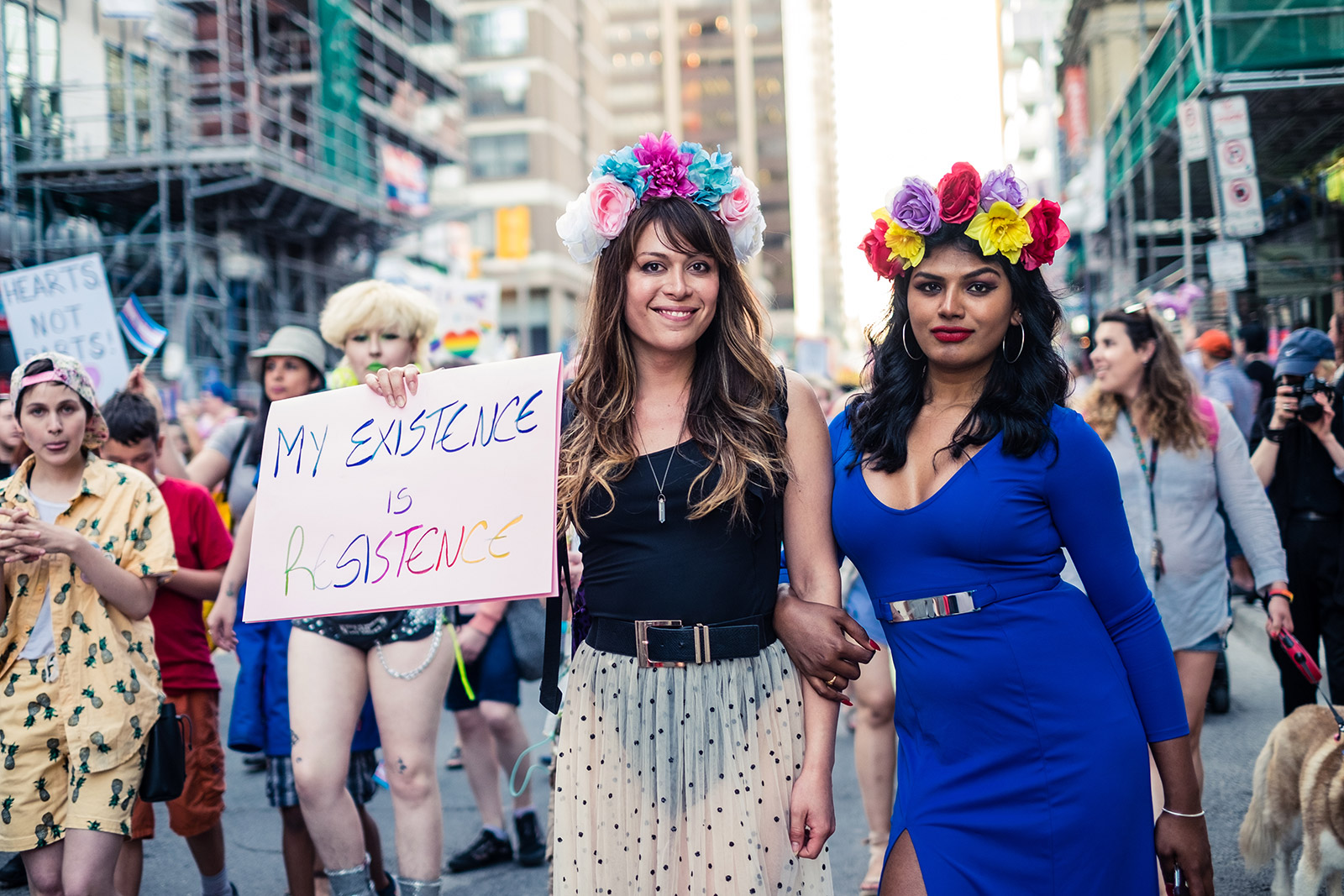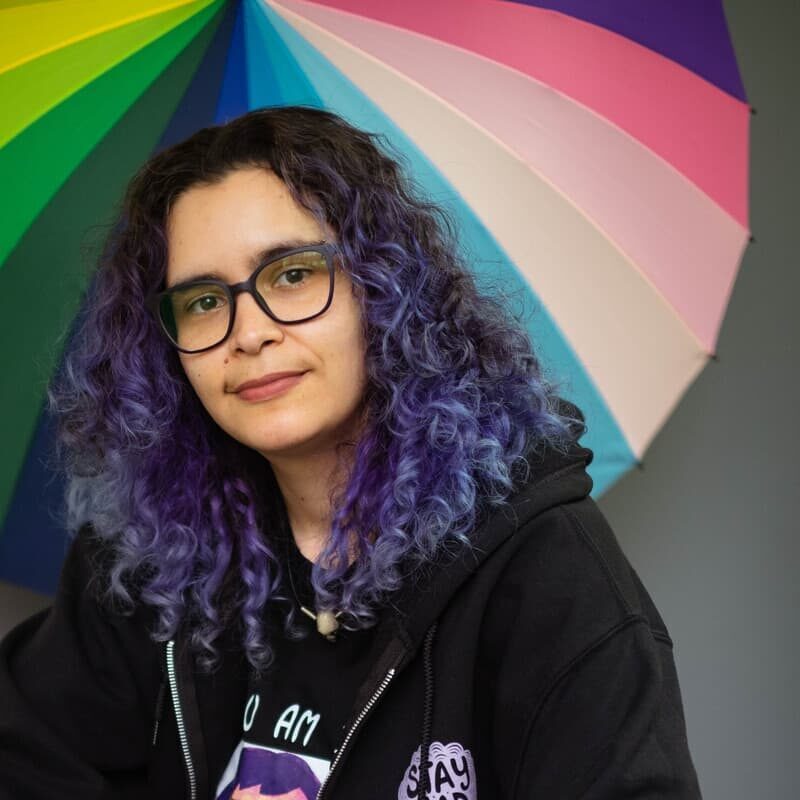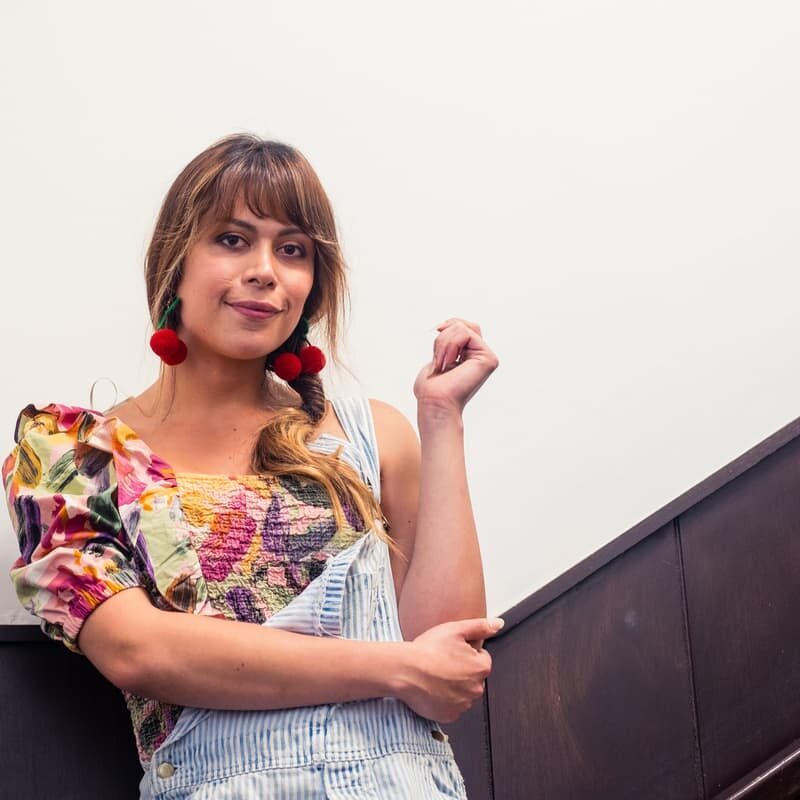Guidelines for respectful and inclusive photography and videography
Best practices for visually portraying trans and gender-diverse communities, including how to make sure you don’t put people at risk through your images and video.

Introduction
Whether it’s as part of a story or on social media, 2SLGBTQ+ communities deserve to be portrayed in all media in a way that celebrates their strength, joy, or individuality.
Visuals play a huge role in affirming gender norms or pushing beyond them to create what is simply a beautiful image of another human being. Not everyone likes or wants to be on camera, but here’s how to make sure people are comfortable and confident if and when the time comes.
Photography Do’s
Give people the time to feel safe and at ease.
Suggest someone pose in a way that makes them feel empowered.
Recognize people may feel complicated about seeing themselves in photos or video.
Ensure you know how to take visuals of people with different skin tones.
Photography Dont’s
Suggest poses that reinforce feminine or masculine norms (for example, a trans woman applying makeup or shopping for women’s clothing).
Force people to smile in order to look good. Try to work with what you have and bring out the best possible visual representation of the person.
Use a photo of someone taken before they transitioned, unless you have their consent.
Assume someone is comfortable appearing in the background of photos and video.
Make a person look sad or victimized. Even if a story is about a difficult subject you can still reflect their dignity.
Photography Examples
Click on the pink hotspots to read more about what worked in creating these portraits collaboratively

“The photographer needs to be able to understand that there are many nuances to people's identities and how we express ourselves. The best way to working with someone who is your subject is by talking with them, without making assumptions about them.”
- Eli Carmona (they/them), visual designer, photographer, and Communications Coordinator at The 519

Other Photography Tips
If someone needs a little guidance, try asking them to describe a photo of themselves that made them feel good.
Here are three other prompting questions to ask a person you’re photographing. Use these answers to guide the creation of your own visuals.
- How would you like to be portrayed?
- What type of photography do you like?
- Is there a photo of someone else you really like and why?
People may or may not want to see how they look on camera. If they do, observe their reaction. Cringeworthy response? Adjust your approach by zooming out, changing the framing, or taking less staged photos and footage from afar. Ask someone what they would like to see you change and follow their lead.

Further Context
These sections provide further context for visually portraying 2SLGBTQ+ Communities.
Resources
There are no cards in the photo and video category.
Still have questions? Connect with us.
Get in touch with our media relations team, book an education and training session, or flag a story that shows what good reporting looks like in action.